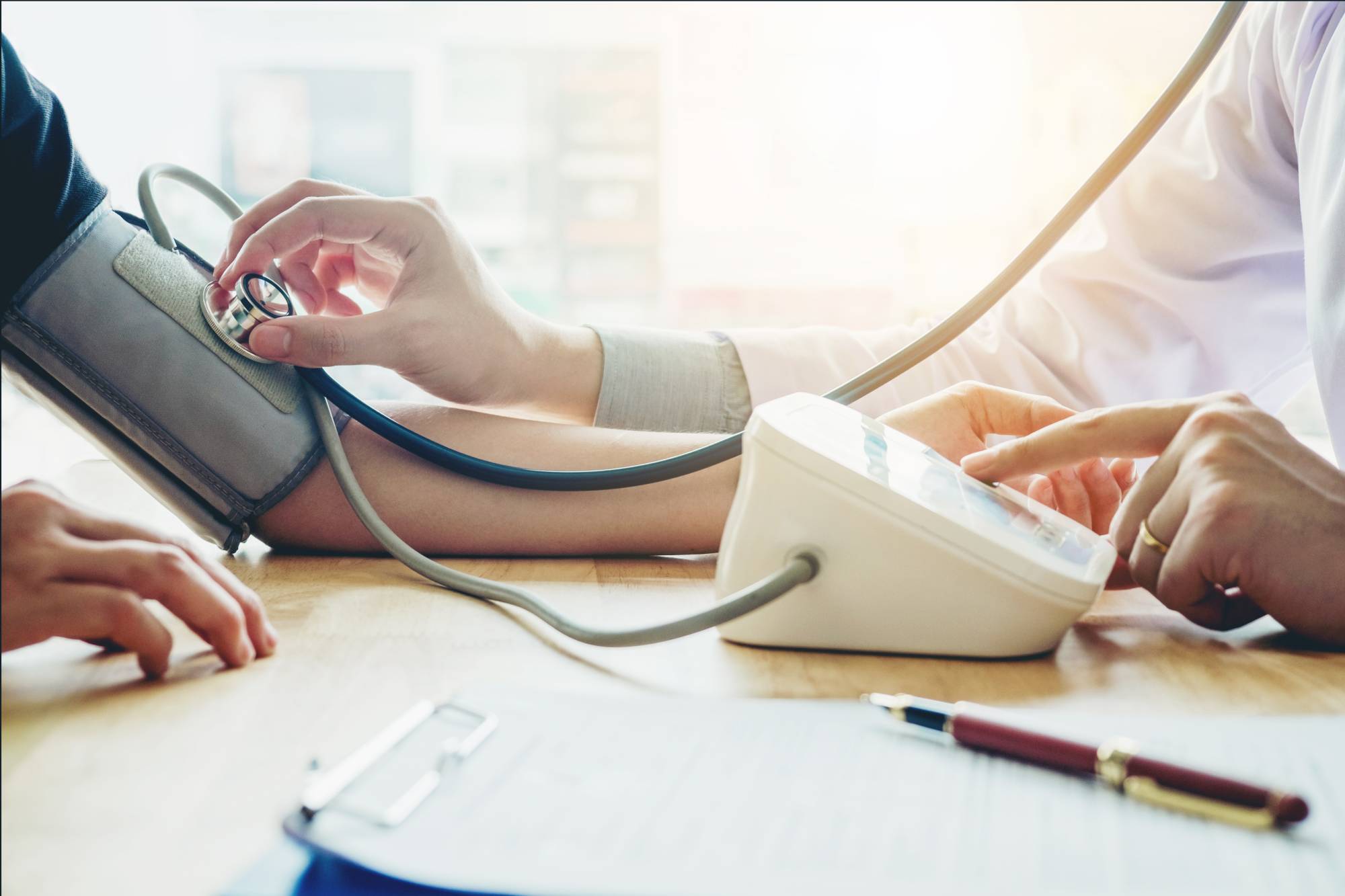Advances in software, hardware, semiconductors and medical research have put a virtual laboratory on the wrists of millions of consumers around the world, improving health and saving lives.
Yet one of the oldest and most fundamental metrics — blood pressure — has proven too tricky to capture with digital technology.
Real-time heart-rate measurements have been cheaply available for half a century. Better sensors add heart-rate variability (HRV), a gauge of stress, while watch-based electrocardiograms give unprecedent insight into cardiac function. Apple, Whoop, Oura Health Oy and Alphabet Inc.’s Fitbit all offer to track body temperature that can be used to estimate sleep quality and ovulation. We can even monitor the blood’s oxygen saturation, called SPO2, with a matchbox-sized reader.


















With your current subscription plan you can comment on stories. However, before writing your first comment, please create a display name in the Profile section of your subscriber account page.